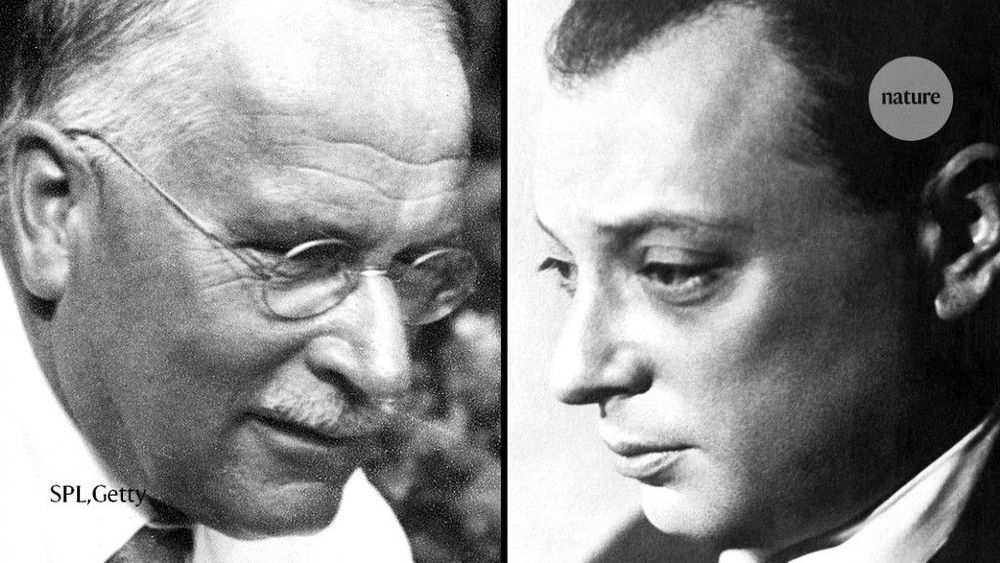Circa 2017
One of the more curious challenges in physics is to understand the nature of time. At the microscopic level, the laws of physics are symmetric with respect to time—they work just as well whether time runs forwards or backwards. But at the macroscopic level, processes all have a preferred direction. The great physicist Arthur Eddington called this the “arrow of time.”
Just why this arrow points in one direction but not the other is one of the great scientific puzzles. The standard answer is that the arrow of time follows from the Second Law of Thermodynamics—that disorder, or entropy, always increases in a closed system.
That’s why milk mixes easily in tea but never emerges from a brew, why scrambled eggs never spontaneously unscramble, and why your morning mug of coffee heats your hands as you hold it and not the other way around.









